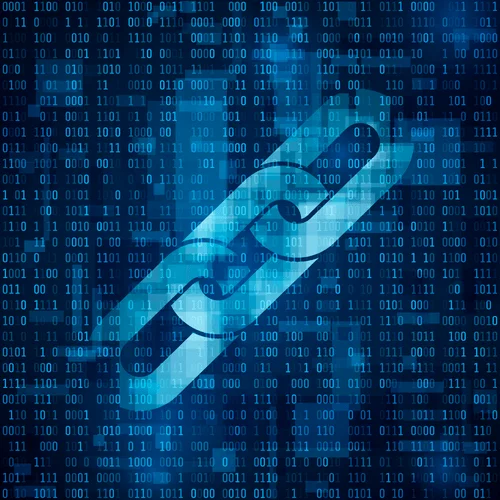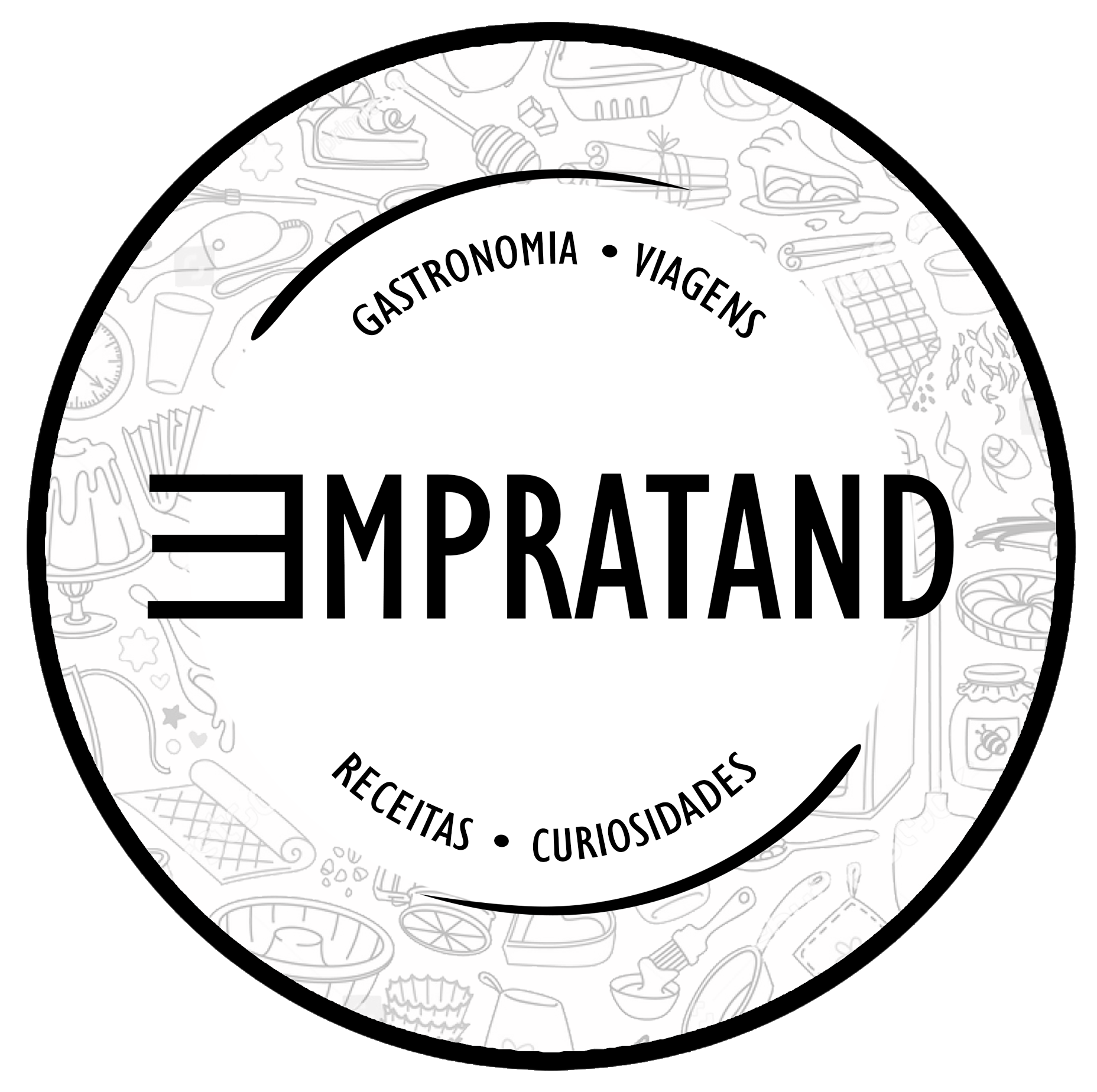Having the ability to make modifications on incremental levels, new frameworks primarily based on agile rules shortly turned the norm for many groups. These frameworks included approaches corresponding to continuous supply, DevOps, and continuous deployment, which have since risen to a model new stage of recognition. When software development first emerged as a subject, many groups relied on a waterfall methodology for his or her software development life cycle (SDLC).
- Developers can thus rely on build artifacts which have handed standardized test processes and are ready for deployment.
- To solve this drawback, developers can break down software into smaller code packages so that pipelines run sooner.
- IBM Continuous Delivery is a cloud service that helps provision toolchains, automate builds and exams, and management quality with analytics.
- For each newly delivered update, you earn a fresh opportunity for patrons to provide feedback.
These are logical phases and may map to environmental milestones like test, staging, and manufacturing. For instance, parts and subsystems might be constructed, examined, and deployed within the take a look at. Subsystems or systems could probably be promoted to manufacturing as part of the production section. A CD pipeline delivers, as per enterprise wants https://www.globalcloudteam.com/, quality products frequently and predictably from test to staging to production in an automated style. These practices assist your team be more productive by freeing developers from handbook tasks and encouraging behaviors that assist cut back the number of errors and bugs deployed to customers.
Adopting Gitops For Continuous Supply
Recently, we now have heard concerning the buzzword “CI/CD” and wondered what it’s all about. Because it helps in automating code integration and supply, thereby ensuring the developers can give attention to meeting the enterprise’ primary necessities. With that in place, the code high quality and safety of the software program are all in verify.
For functions that heavily rely on content material administration, integrating a contemporary headless CMS like Sanity could be useful. Sanity allows for the structured management of content material, which could be crucial for websites and purposes that incessantly replace their digital content. This integration ensures that each the applying’s functionality and content are stored up-to-date, enhancing the general efficiency of the continuous delivery process. Delivering new software program is the one most important function of businesses trying to compete today. Many companies get stuck with flaky scripting, handbook interventions, complex processes, and enormous unreliable software stacks across numerous infrastructure. Software groups are left scrambling to understand their software program provide chain and uncover the basis reason for failures.
It’s a good suggestion to ask builders to run regression tests in all environments, so that developers only send tests to model management when all their exams cross. After development groups determine how a portfolio will be aligned in a CI/CD mannequin (that is, how a portfolio’s assets might be grouped), groups should make decisions about who will work where. Know which assets support each course of and functionality and group them accordingly.
The implementation of steady delivery in software growth has many advantages. One of its major benefits is the automation of the complete process, leading to improved productiveness and code high quality. With repetitive duties handled mechanically, developers can focus on revolutionary elements like creating new features somewhat than getting entangled in handbook construct and deployment duties.

Continuous deployment takes the mannequin a step further by automatically deploying code to production after every code commits and builds. While in steady delivery, the deployment pipeline follows an on-demand mannequin; it’s pushed routinely every time. The so-called CICD pipeline (continuous integration/continuous deployment) is a apply focused on bettering software program supply throughout the software growth life cycle through deployment automation. Continuous supply emphasizes automation that minimizes the guide effort required to deploy code modifications.
Continuous Supply Details
Once the assembled system is certified, go away the assembly unchanged and market it to manufacturing. The right way to create a dashboard is to first carry out an assessment of the information that everyone needs and wishes, and the way they need it to look. For instance, teams need to resolve whether or not and the method to use numbers, graphs, and colors to indicate status. Teams usually create CI/CD dashboards with indicators of progress (like green for good builds and purple for failed builds) before figuring out what their colleagues really want to study from dashboards. This constant monitoring for improvement helps drive adoption even as the person base and usage patterns change. Even should you foresee greater than four phases or lower than 4 in your organization, the ideas outlined below still apply.

This changed in the 90’s, due to agile software program development practices, which empowered groups to ship little and infrequently, quite than growing a whole product upfront. Successfully incorporating steady supply into your software program growth process requires a strategic strategy. Adopting sure greatest practices might help attain the complete potential of this technique. Continuous delivery also permits faster discovery and determination of bugs early within the supply process through automated testing procedures. This leads to larger code quality as issues are detected promptly before they reach end-users.
Levels Of The Ci/cd Pipeline
Even although steady deployment and steady supply overlap, their objectives are different. Software improvement comes with some degree of uncertainty when working on new initiatives. The resources involved in creating merchandise is a pricey process, so it’s necessary that concepts are validated as early on in the process as possible. Continuous supply makes this a actuality, due to an elevated number of suggestions loops. For those taking a look at web-based repository management solutions; GitLab provides supply code management along with steady integration and deployment features.
In addition to incessantly checking code, developers will handle features and fixes on completely different timelines, and can then control which code and features are prepared for production. In these cases, some growth teams may dedicate their group solely to updating and refining these features. Knowing end customers’ priorities, and which options deliver worth to which audiences, helps groups concentrate on the most useful feature capabilities. For steady supply to work successfully, basic ideas ought to be in place. Of the numerous features of continuous delivery, the three significant pillars are steady integration, configuration management, and test-driven growth. Continuous Delivery and Continuous Integration are practices inside the broader DevOps movement that goal to enhance and streamline software program development.
It’s an answer to the issue of getting too many branches of an app in development without delay that may conflict with one another. Zero downtime deployment (ZDD) prevents downtime for customers and ought to be practiced from test to staging to production. Blue-green deployment is a popular ZDD technique the place the new bits are deployed to a tiny cross-section of the population (called “green”), while the majority is blissfully unaware of “blue”, which has the old bits.
on demand. A next generation CI/CD platform designed for cloud-native applications, providing dynamic builds, progressive supply, and far more. Some tools particularly handle the integration (CI) side, some handle growth and deployment (CD), while others concentrate on continuous testing or related functions.
Continuous integration is an iterative growth course of during which developers integrate new code into the code base at least once a day. The responses might help teams prioritize which processes must be automated first. CI/CD additionally helps scale back dependencies inside teams, which implies builders can work in silos on their options with the confidence that code will combine without failing. For organizations that expect to grow, CI/CD can easily scale by team sizes, codebases, and infrastructure. CI/CD can cut back code integration workflows which are not needed, thereby additionally eliminating pointless staff communications. The capacity to integrate developers and processes through CI/CD can enhance productivity and collaboration among teams engaged on a project, particularly when these groups are scattered geographically.
What’s A Continuous Supply Pipeline?
While both are referred to as CD, steady deployment requires more discipline and rigor since there is no human intervention within the pipeline. Integrate your performance exams with the pipeline, and use the benchmarks to move or fail pipelines. A common myth is that efficiency tests do not have to integrate with continuous delivery pipelines, however, that breaks the continual paradigm. Just like a Node.js UI and a Java API layer are subsystems, databases are subsystems too.
Firstly, Continuous Integration (CI) is a step geared towards ensuring all codes from developers are being pushed right into a central repository concurrently for automated builds and tests to be executed. Whilst continuous Deployment(CD) is the process of taking/moving the constructed software/software artifact efficiently into production continuous integration monitoring. Continuous supply is a selected software development practice that’s usually applied in connection with DevOps. A DevOps approach is likely to contain the creation of a continuous delivery pipeline.
They require teams to get manual approval in a change approval board (CAB) meeting. The purpose is, as a rule, a misinterpretation of segregation of duties or separation of considerations. I have additionally seen some CAB approvers demonstrate a shallow technical understanding of the changes going to manufacturing, hence making the guide approval course of slow and dreary. The architecture of the product that flows via the pipeline is a key issue that determines the anatomy of the continuous delivery pipeline. A highly coupled product structure generates an advanced graphical pipeline pattern the place varied pipelines get entangled earlier than eventually making it to production. Open source steady delivery tools you should use for a strong steady delivery pipeline embrace Jenkins, Concourse CI, Spinnaker, Travis CI, GoCD and GitLab CI.
Understand what finish users count on from products, since this dictates how software growth teams might be aligned to allow these capabilities. A software resolution could have many features, but a few of them—or even simply one of them—may be most critical to customers. While continuous delivery and deployment overlap, the latter goes additional into the precise deployment of the applying into a specific setting. Continuous delivery ensures that builds are frequently being processed to be in a deployable state however don’t carry out the actual deployment. Once the artifact will get to this stage, it needs to be manually validated and approved for it to proceed. This includes the actual deployment to a production surroundings of changes made to the code after they’ve been tested for correctness and stability.


35 thoughts on “Continuous Deployment Vs Continuous Supply Whats The Difference?”
order lipitor 40mg without prescription lipitor 10mg usa atorvastatin 20mg drug
ciprofloxacin for sale online – buy amoxiclav generic augmentin us
buy baycip tablets – purchase bactrim online cheap amoxiclav online buy
metronidazole cost – cleocin without prescription buy azithromycin 500mg generic
order ciplox online cheap – erythromycin price order erythromycin pill
valtrex 1000mg uk – where to buy nemasole without a prescription order zovirax pill
stromectol in canada – axetil uk sumycin 250mg pill
order flagyl 200mg – buy generic flagyl for sale zithromax for sale online
ampicillin antibiotic online buy generic penicillin over the counter buy amoxicillin
furosemide for sale – buy capoten 25mg for sale captopril 25 mg cheap
glycomet 1000mg price – lincocin 500mg price buy generic lincomycin online
purchase zidovudine sale – purchase glycomet generic zyloprim 300mg generic
order clozaril 50mg generic – amaryl 4mg without prescription buy pepcid 40mg pills
seroquel cost – bupron SR online order eskalith for sale
order anafranil 50mg without prescription – abilify cost doxepin brand
purchase atarax for sale – order pamelor 25mg generic how to get amitriptyline without a prescription
order amoxicillin sale – order cephalexin 125mg for sale purchase ciprofloxacin
buy amoxiclav without prescription – where can i buy cipro order cipro 500mg without prescription
cleocin 150mg price – buy doxycycline without prescription cheap chloramphenicol pill
brand azithromycin 500mg – buy generic metronidazole online ciplox generic
order albuterol pill – promethazine 25mg usa theophylline 400mg sale
ivermectin 6 mg for humans – order levaquin 250mg generic cefaclor for sale
brand clarinex 5mg – aristocort pills albuterol inhalator sale
buy methylprednisolone 16mg online – order montelukast astelin without prescription
purchase micronase for sale – buy glyburide 5mg generic dapagliflozin 10 mg generic
purchase prandin generic – repaglinide 2mg cost cost empagliflozin 25mg
buy glucophage cheap – buy hyzaar paypal precose 25mg uk
buy terbinafine 250mg for sale – griseofulvin usa purchase griseofulvin pill
rybelsus 14 mg usa – glucovance generic buy desmopressin medication
ketoconazole 200mg tablet – order nizoral order itraconazole 100mg without prescription
famvir 250mg cost – buy zovirax sale buy valcivir for sale
lanoxin cheap – purchase labetalol cheap furosemide 100mg
buy microzide 25 mg for sale – prinivil over the counter zebeta pill
order lopressor 50mg online cheap – buy olmesartan sale buy nifedipine generic
buy nitroglycerin for sale – nitroglycerin online order valsartan 80mg for sale